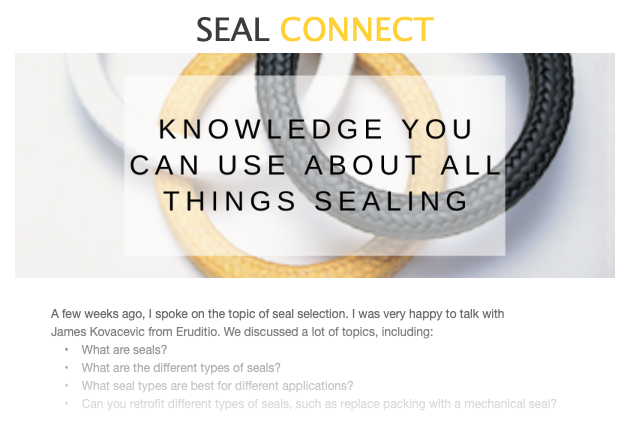SEPCO’s Ten Steps to Successfully Install Compression Packing

Proper packing installation is essential to prevent leakage and maintain efficient pump operation. Below are some of the steps SEPCO recommends to pack a pump successfully:
- Prepare the Pump and Gland:
- Ensure the pump is shut down and all power sources are disconnected.
- Remove the old packing (if applicable) and thoroughly clean the stuffing box and shaft.
- Inspect the gland for any damage or wear, and replace it if necessary.
- Select the Right Packing Material:
- Choose the appropriate packing material based on the fluid being pumped, operating temperature, and pressure conditions. Common materials include PTFE, graphite, aramid, and synthetic fibers.
- Cut the Packing to Size:
- Measure the depth and width of the stuffing box and cut the packing material to the correct size. The packing should be cut to a length that allows enough space for compression once it is installed.
- Lubricate the Packing:
- Prior to installation, lubricate the packing with a suitable lubricant or sealant. This helps reduce friction during the packing installation and initial operation.
- Install the First Rings:
- Insert the first rings of packing into the stuffing box, ensuring they fit snugly and evenly around the pump shaft. The number of rings may vary depending on the pump size and packing type.
- Set the Compression:
- Use the gland follower or gland plate to compress the packing rings evenly. Gradually tighten the gland bolts or studs in a criss-cross pattern to distribute the pressure evenly.
- Check Compression and Leakage:
- After packing compression, check for the appropriate amount of leakage. Some leakage is normal to lubricate the packing and create a sealing effect. However, excessive leakage indicates improper packing installation.
- Adjust Packing Compression:
- If leakage is excessive, adjust the packing compression by tightening or loosening the gland bolts slightly until the leakage is within acceptable limits.
- Monitor and Adjust:
- Monitor the packing performance during the initial operation. It may take some time for the packing to settle and reach its optimum sealing condition.
- If necessary, make minor adjustments to the packing compression to achieve the desired leakage control.
- Regular Maintenance and Inspection:
- Perform regular maintenance and inspection of the packing to check for wear, damage, or deterioration. Replace the packing when needed to maintain optimal sealing performance.
Remember to follow the SEPCO’s guidelines and safety procedures for packing installation. Improperly packed pumps can lead to leaks, increased energy consumption, and premature packing failure. When in doubt, consult SEPCO for guidance on selecting and installing the proper packing for your industrial pump.
Watch This Webinar to Learn More
Do you need to obtain stuffing box reliability in your facility? Then you know that a reliable stuffing box depends on many factors. However, one of the most important is proper installation.
Watch the webinar below to learn how to ensure proper ring load, correct lantern ring placement, and minimize stuffing box leakage.
Looking for a Sealing Solutions Provider?
SEPCO has sealing solutions for many applications, even those with the strictest standards and the most challenging environments. We have decades of experience in providing solutions across multiple industries. We can help. Check out our website to browse all of our products.
 SEAL CONNECT
SEAL CONNECT Find Your Sealing Solution
Find Your Sealing Solution